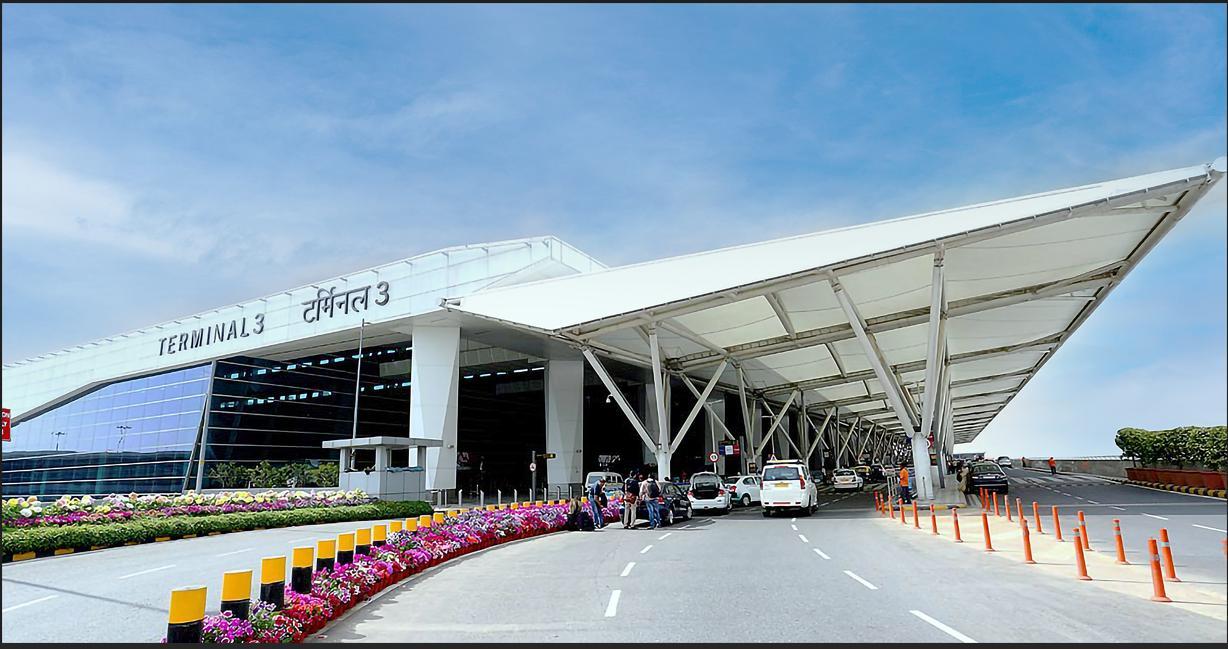Asia-Pacific reports 13% growth in connectivity; IGIA ranks in region’s top 10 airport hubs: ACI
 Representative image
Representative image
The latest study shows regional connectivity surged 14%, driven by Gulf hubs and China’s reopening. It also shows that 80% of the top 300 airports have fully recovered connectivity levels, with larger hubs leading due to the resurgence of international travel.
The Airports Council International Asia-Pacific & Middle East (ACI APAC & MID) has announced its Air Connectivity Ranking 2024, revealing a 14% year-on-year increase in both Asia-Pacific and Middle East regions, driven by strong international demand, robust network recovery, and the return of major travel corridors.
The 2025 edition of the report also introduces the Hub Connectivity Index which assesses airports based on the efficiency and quality of their hub operations. Dubai International Airport secured the top position, followed by Shanghai Pudong and Hamad International Airports. Notably, Delhi's Indira Gandhi International Airport (IGIA), operated by GMR-DIAL, claimed the 10th spot, making it the only Indian airport to feature in the global top 10.
In terms of overall connectivity, the Asia-Pacific region witnessed a remarkable 13% jump in compared to 2023, while the Middle East posted an impressive 28% increase, surpassing all post-COVID recovery forecasts. On average, connectivity across all airports rose in both Asia-Pacific and the Middle East by +14%, a strong testament to the resilience and dynamism of the aviation sector.
In Asia-Pacific, intra-regional connections are nearly back to pre-pandemic levels, trailing by just 0.2%. At the same time, intercontinental connectivity is on the rise, showing a solid 4% increase.
The Middle East, however, isn't just recovering – it's setting a new pace. Both intra-regional and inter-continent connectivity have not only bounced back but have exceeded pre-pandemic levels by a significant margin of 18% and 16%, respectively.
Key report findings show that the airports in the region saw an average connectivity increase of +14% compared to 2023, indicating a strong industry recovery. Airports in Asia-Pacific and the Middle East experienced across-the-board connectivity growth in 2024, driven by China's reopening and route expansions.
80% of the top 300 airports have fully recovered connectivity levels, with larger hubs leading due to the resurgence of international travel.
Further, the domestic city pairs decreased by an average of -1% compared to 2023, suggesting a post-COVID emphasis on international expansion. International city pairs across all airport categories rose by an average of 17%, highlighting the strong return to cross-border travel.
While intra-APAC passenger travel in 2024 is nearing 2019 levels, travel to Europe, the Middle East, and Africa has surpassed them, driven by Gulf hubs. Passenger traffic from Asia-Pacific to the Americas still trails 2019 levels. Passenger traffic in the Middle East recovered faster than APAC, showing robust 2024 vs. 2019 traffic, with passenger traffic to Africa and APAC significantly exceeding pre-pandemic levels. Traffic to the Americas remains below 2019.
Despite increased competition, Dubai maintained its position as the leading airport in APAC and the Middle East. Major Asian hubs like Incheon, Singapore Changi, Shanghai Pudong, and Beijing Capital saw improved rankings and indices, reflecting strong outbound tourism and network adjustments.
Commenting on the report findings, Stefano Baronci, Director General of ACI Asia-Pacific and Middle East, said: “Air connectivity is not only relevant for passengers seeking more travel options and convenience; it is equally crucial for supporting global trade and economic resilience, particularly through belly hold cargo capacity.”
“While we celebrate this growth, we must remain forward-looking to ensure the momentum is sustained. Investment in airport infrastructure and technological upgrades is a prerequisite for enhancing connectivity, and airports across the region are undertaking significant investments to make this possible. In the face of growing geopolitical and trade tensions, we urge governments to prioritise air service liberalisation, streamlined visa policies, and transparent slot allocation frameworks. Lastly, we must not lose sight of the needs of small island and remote communities-- air connectivity remains their lifeline,” Baronci added.

